We had a beautiful summer in Skokie, and though I really miss being in the library and getting to see all of our eager young science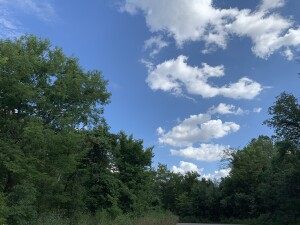 friends, There have been some real silver linings (cloud reference segue absolutely intended!). Always somewhat outdoorsy, this summer, the kids and I spent an unprecedented amount of time outside, taking walks, playing in the yard, and a new game – watching for shapes in the clouds. A discussion on the general merits of living in a cloud (the look so soft and fluffy, right??), led to an absolute nerd-out about what clouds actually are, and what they are made of. From there, STEAM Engines: Nephology was born.
friends, There have been some real silver linings (cloud reference segue absolutely intended!). Always somewhat outdoorsy, this summer, the kids and I spent an unprecedented amount of time outside, taking walks, playing in the yard, and a new game – watching for shapes in the clouds. A discussion on the general merits of living in a cloud (the look so soft and fluffy, right??), led to an absolute nerd-out about what clouds actually are, and what they are made of. From there, STEAM Engines: Nephology was born.
We started off with a plug for Charles G. Shaw’s lovely book It Looked Like Spilt Milt 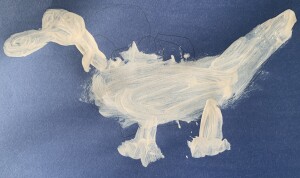 , and a referential picture made by Desi. In order to learn what clouds are, it makes sense to have a basic understanding of the water cycle. So with some instructive illustrations by Desi, and a (very catchy) song by me, we explained that water on the earth (lakes, puddles, etc) evaporate in the sun, traveling upwards in the form of vapor (evaporation). Vapor interacts with dust particles and cold air in the atmosphere, which f
, and a referential picture made by Desi. In order to learn what clouds are, it makes sense to have a basic understanding of the water cycle. So with some instructive illustrations by Desi, and a (very catchy) song by me, we explained that water on the earth (lakes, puddles, etc) evaporate in the sun, traveling upwards in the form of vapor (evaporation). Vapor interacts with dust particles and cold air in the atmosphere, which f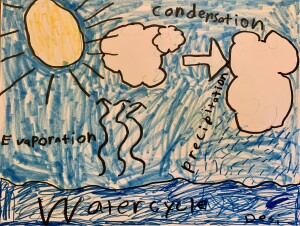 orm into clouds (condensation). When the water droplets that form the clouds become too heavy, they fall to the earth in the form of rain (precipitation), and the cycle continues!
orm into clouds (condensation). When the water droplets that form the clouds become too heavy, they fall to the earth in the form of rain (precipitation), and the cycle continues!
When I was a kid, I learned to identify some basic cloud formations, and let me tell you, for the very brief time that I held onto this information, I felt like a bona fide meteorologist. Remembering this feeling, I thought it would be fun and empowering to teach three basic cloud types, and added an extension activity to help remember them. Cloud types are defined by their shape and where they sit in the sky. Stratus clouds are low hanging, and in the case of fog, can even touch the ground. Cumulus clouds are those fluffy, puffy clouds that sit in the middle of the sky – the shape you might draw if someone asked you what a cloud looks like. Cirrus clouds – from the Latin word for hair – are the wispy clouds high up in the sky.
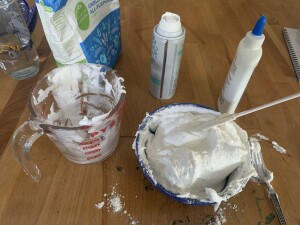
To help us remember those basic types, we made a simple cloud identification chart using homemade puff paint. To make the paint, we used shaving cream (approximately 1 cup), flour (1/4 cup), and white glue (1/4 cup). Once the ingredients are mixed together, you should have a very messy, but delightfully tactile substance that you can use to demonstrate your cloud types. The kids and I had a good time experimenting with different styles and implements to help form the correct shapes and substance of our clouds.
At minimu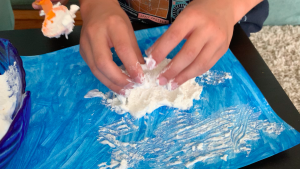 m, we spent a really fun afternoon playing with some soft and fluffy gloop while talking about clouds. The added bonus is having some understanding of what we see in the sky when we look up. I hope that our experience inspires that same delight in others.
m, we spent a really fun afternoon playing with some soft and fluffy gloop while talking about clouds. The added bonus is having some understanding of what we see in the sky when we look up. I hope that our experience inspires that same delight in others.

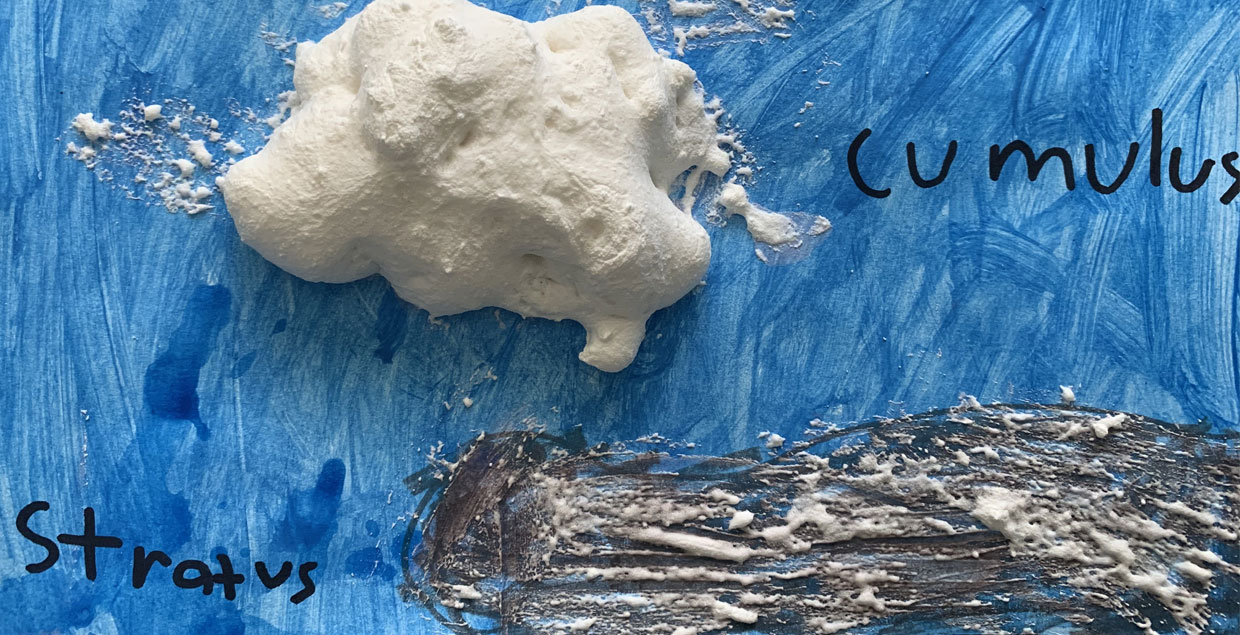



That sounds delightfully messy!